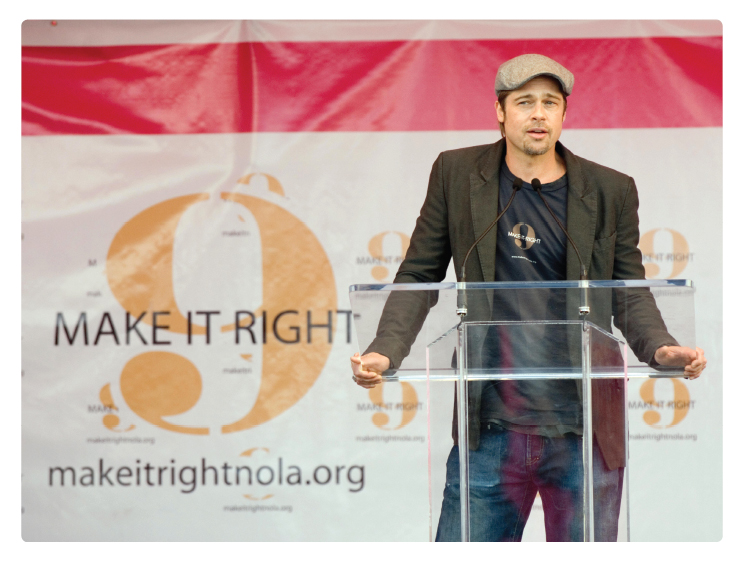Guidelines for Informative Speaking
The type of informative speech you prepare is determined by the situation, your specific purpose, and the information needs of the audience. Although the type may vary, there are common guidelines competent speakers apply when preparing informative presentations.
While attending a leadership seminar taught by the renowned management consultant Stephen R. Covey (author of The Seven Habits of Highly Effective People), Joe and 200 other audience members participated in a brief activity. They were asked to close their eyes and use a hand to point north. Covey then told them to open their eyes and look around. The audience erupted in laughter as everyone saw 200 hands pointing in different directions. Covey then pulled out a compass to verify which direction was truly north. This activity expressed his speech thesis: effective leaders use sound principles (“true north”) to guide their followers; otherwise, chaos breaks out. But the demonstration also provides a great example of how presenters can engage an audience during an informative speech and make their messages memorable. Years later, Joe still remembers learning the principle of “true north” at Covey’s seminar.

As you prepare your own informative presentations, following the guidelines discussed in this section will keep your listeners engaged and help them remember your message for years to come.